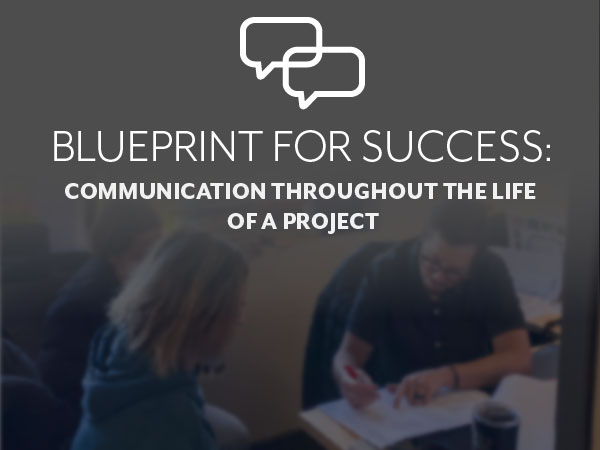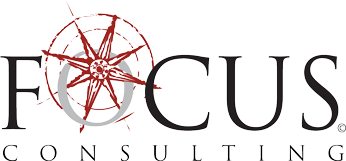
Blueprint for Success: Communication Throughout an Engineering Project
In the dynamic world of engineering, complex structures rise and creative solutions evolve. A conversation with Brad Mason, P.E., Structural Engineering Department Manager at FOCUS, provides some valuable insight into the important and integral role of communication throughout the life of an engineering project.
Project Inception
Communication serves as the blueprint of any successful engineering project. At the project’s inception, clear and comprehensive communication sets the basis for shared understanding among team members. When owners, developers, architects, and other stakeholders articulate their ideas, goals, and expectations, it creates alignment with the project’s vision. This initial clarity reduces the risk of misunderstandings and errors and establishes a solid foundation for the project moving forward.
Collaborative Design
Effective communication fosters a collaborative environment where developers, architects, and contractors can pool their expertise to innovate and overcome challenges. Regular meetings, brainstorming sessions, and open lines of communication enable the exchange of ideas, leading to innovative solutions and optimized designs. Mason recalls, “On one project, it was pointed out that the soils would require special design consideration. Our team pressed for a conference call with all parties to discuss this directly with the soils engineer and other decision-making parties to collaborate on the best approach. This was extremely helpful and resolved issues and established communication lines on the project up front.”
Adaptability, Problem Solving, and Risk Management
No engineering project unfolds without its share of unexpected challenges and risks. Here, communication emerges as the tool that empowers our engineering teams to adapt and problem-solve in real-time. Timely communication of issues, roadblocks, and potential solutions allows for swift decision-making. Developers can convey technical constraints, architects can propose alternative designs, and contractors can communicate on-site challenges.
This collaborative problem-solving approach, facilitated by effective communication, ensures that the project stays on course despite the inevitable hurdles. “We are responsive and insist on quickly initiating team conversations—often online or by phone—to resolve issues as they arise and discuss design challenges to make sure we are all on the same page,” said Mason.
Effective communication is also at the heart of a project’s risk management strategy. It’s vital for team members and stakeholders to communicate potential risks, whether technical, financial, or logistical, as well as proposed mitigation strategies. This communication among the team facilitates the effective and swift implementation of contingency plans to minimize the impact of unforeseen conditions.
Tracking Project Milestones
Tracking project milestones is crucial for meeting deadlines and staying within budget. Regular communication on progress updates, achieved milestones, and potential delays keeps all stakeholders informed and enables proactive decision-making. A transparent communication framework among the stakeholders and design team fosters accountability and ensures that the project stays on-track.
Accessible and Responsive
“Whether it’s the design phase, permitting phase, or construction phase, our priority at FOCUS is to be accessible and responsive in our communication and service to clients from beginning to end. Oftentimes we hear from clients that other firms are not accessible after the plans are complete. That is not the case here at FOCUS. We’re available and responsive from the first call until the project is successfully completed,” said Mason. At FOCUS, an understanding and commitment to effective communication on every project is our goal.
We invite you to reach out to any member of our team with any questions or concerns here or call our office directly, 801-352-0075. We’d love to hear from you!
